Does Flexible Ducting Need to Be Insulated?
For anybody considering replacing or installing their ducting, it is important to know whether or not your ducting should be insulated. That’s why, in this blog, we will answer the question ‘Does flexible ducting need to be insulated?’
To prevent mould, fresh air should always be introduced into your dwelling daily, as it helps to regulate temperature and reduce condensation. Introducing fresh air can be as simple as having a ventilation routine, or installing extractors or PIV systems. Almost all of this is facilitated by ducting.
Knowing the length of time your flexible ducting should last is key in knowing whether or not you should replace your ducting. And sometimes, whether it is insulated or not may affect that.
I-Sells is here to provide the answers you need whilst also supplying you with all the information you need to combat mould and have a well-ventilated home.
The basics of flexible ducting
Flexible ducting serves the same purpose as regular ducting, the function does not change, and the only change is the conduit in which the air travels. There are nominal differences between the two that may make one more effective than the other, but this is purely subject to your needs.
Regular ducting is solid, it can not be manipulated into specific spaces unless it is made specifically for that space. Flexible ductwork however is specially designed to be manipulated into spaces during installation ( and after if necessary.)
Why would I need flexible ducting?
Flexible ducting is ideal for those with limited space but still require ducting. It can also be used as a temporary option. Flexible ducting can come in plastic or metal, applicable in home/accommodation settings, or industrial settings. An example of flexible ducting can be seen in conjunction with vented tumble dryers.
The Pros and cons of flexible ducting
Pros
- It is flexible by nature which by default makes it easier to install & manipulate post-installation if needs be.
- Can be installed in tight or confined spaces.
- Option for transparent ducting to be able to see potential blockages.
- Can be used as a temporary ducting system
Cons
- Due to the flexible nature of this ducting, there is a higher likelihood of punctures, subjective to placement.
- Regular maintenance checks should be carried out to guarantee efficiency.
- Mostly suitable for internal mounting
What is the lifespan of ducting?
Ducting generally has a maximum lifespan of 20-25 years, if it is well-maintained, regularly checked and insulated. Regardless, metal ducting degrades over time, due to the expansion and contraction of metal in response to local relative temperature, which fluctuates seasonally.
When moving into a new home or building, you should enquire about the age of the current ducting system to know if it needs replacing or upgrading to a modern HVAC system.
Flexible ducting, if taken care of, with no dramatic or constant changes in its environment that require it to be moved should also last the lifetime of regular ducting. Though it is more susceptible to holes.
How to make ducting last longer
Making your ducting last longer is simple, but requires your attention and time. Here are some actions you can do to ensure your ducting lasts.
- Insulate your ducting.
- Repair any leaks before installing your ducting.
- Keep your ducting as short & with as few changes in direction as possible.
- If using flex ducting, ensure it is fully extended before installing, as air can get trapped in the spiral areas that are not extended, which causes dust to build up over time.
Signs your ducting needs replacing
- Holes in the ducting
- A buildup of dust within the ducting
- Condensation within or on the ducting
- Mould within or on the ducting
Does flexible ducting need to be insulated?
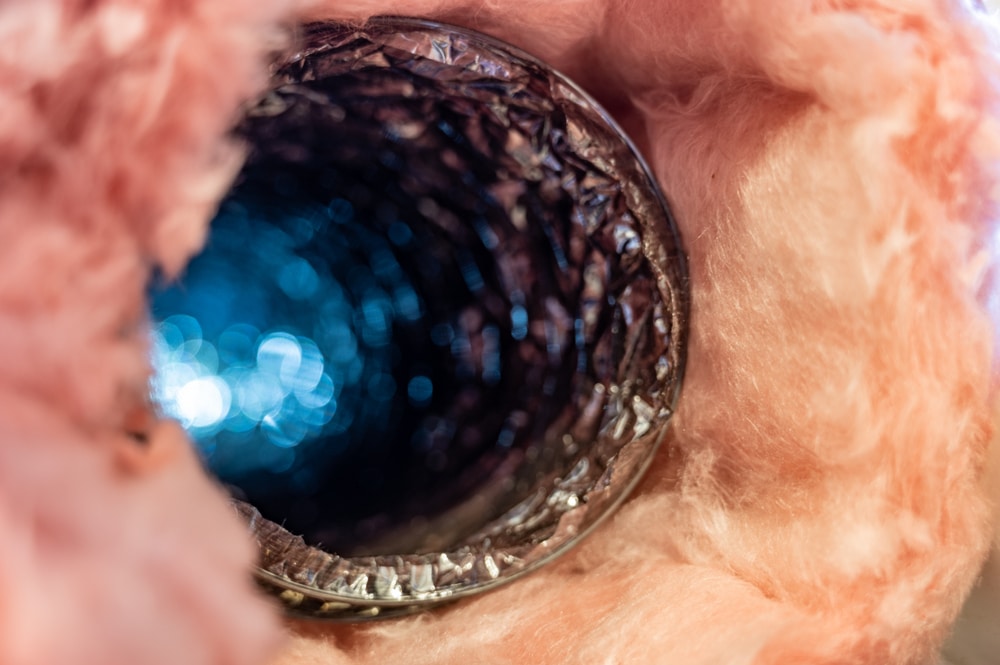
It is not a standard requirement for your flexible ducting to be insulated, but it is a very good idea to consider insulating your ducting. Insulating your flexible ducting correctly helps maintain the optimum temperature in your ducting, and protects your ducting from being penetrated. But why would that be important?
What happens if my flexible ducting isn’t insulated?
Having uninsulated ducting in environments that alternates largely between temperatures can over time result in condensation developing within the ducting. The insulation greatly reduces the fluctuation in temperature, and your ducting last longer by preventing condensation, whilst maintaining its effectiveness by protecting it from being ripped.
Is condensation in my duct a bad thing?
Yes. Condensation if left untreated becomes the perfect breeding ground for mould, which can spread quite quickly. Mould can develop complications in people with medical problems, particularly respiratory. So the last place you would want mould is in an area that channels air, as mould can transmit through the air.
To prevent this possibility, you must make sure your ducting is sealed securely and free from any cracks or holes that compromise its efficiency. You must also make sure the area the ducts are installed is free from free-flowing water or leaks.
Here are some steps that you can take in order to prevent mould on your ductwork:
- Before installing the ducting, make sure the area doesn’t have any leaks or is next to anything that can generate a lot of heat, such as a heating pipe.
- Remove any mould in the room where the ducting will be placed.
- Insulate the ducting
- Track the humidity of the room with a hygrometer.
Where can you buy flexible ducting?
The flexible ducting we offer comes in a variety of sizes and styles, including varying diameters including an aluminium 100mm diameter, and 102mm diameter . We have certain flexible ducting that is more suited to hot environments, all the way to ducting you can use for your tumble dryer.
Of course, we also offer ducting at different lengths to suit your needs which you can decide before ordering.
When should flexible ducting be replaced?
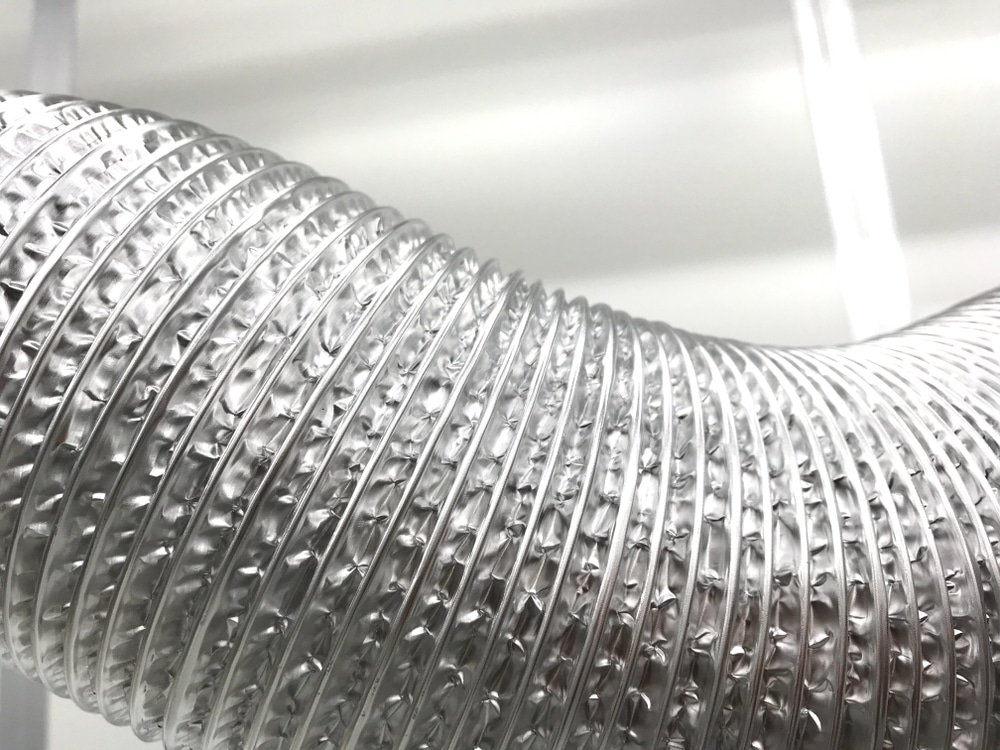
Here are some key factors that would determine your ductwork being replaced without the intervention of an HVAC technician to check themselves.
- A reduced input/output (this can indicate a large amount of dust inside the ducting)
- Broken areas that allow air to escape, whether this is on the ducting pipe or the connecting joints
- Condensation on the ductwork
- If the ducting hasn’t been checked or worked on in years
- Mould in areas neighbouring the ducting (could be an indication to mould being within the ductwork.)
Can flexible ducting be used for heat?
You can use flexible ducting for heat, though this is subject to the type of ducting you choose. Plastic ducting will not be suitable in high-heat environments, however, metal ducting presents the perfect solution.
Depending on the flexible metal ducting you choose, they can withstand temperatures of -30C all the way to 150C. We must clarify that this will vary depending on the ducting you choose, make sure to read the product specifications before committing to buying ducting from our range.
Buy flexible ducting

We at I-Sells endeavour to make sure our customers have all the information they need before choosing to invest in our mould solutions. Be sure to visit our blog page to gain knowledge on the wide array of factors and issues surrounding ventilation, mould, condensation, and much more.
We hope to have answered the question ‘Does flexible ducting need to be insulated?’’
We understand you may have more questions, Do not hesitate to contact us for more information with regard to whatever you need our help with. If you’d like to send us an email, click here. For other contact options, see below:
Call us on 020 8463 9696
Visit us at our showroom:
*OPENING TIMES*
Monday – Friday: 8:00 am to 5:30 pm
Saturday: 9:00 am to 12:00 pm
Sunday: Closed
15 St John’s Parade
Sidcup, Kent
DA14 6ES
United Kingdom

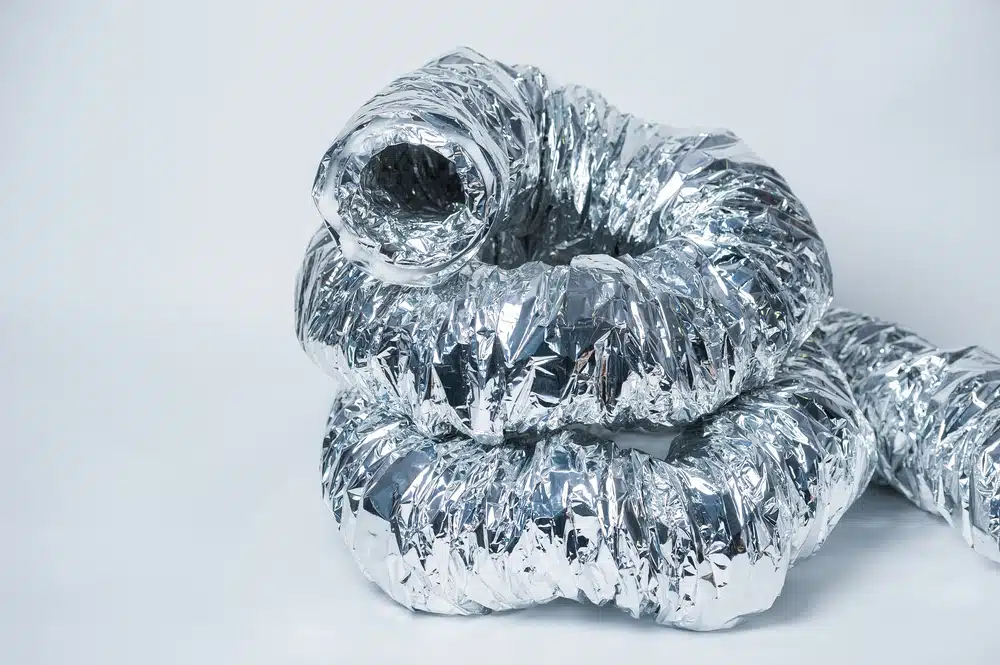
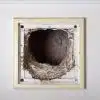
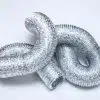
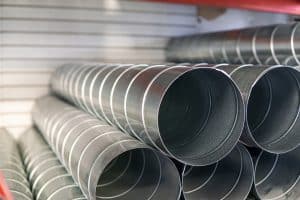
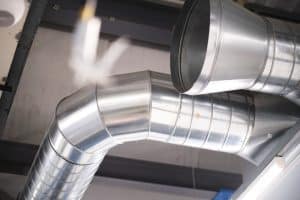

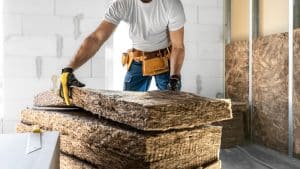
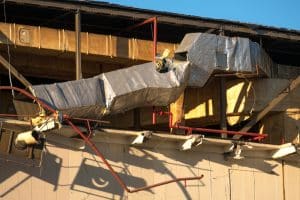


















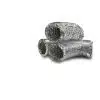

Add comment
You must be logged in to post a comment.